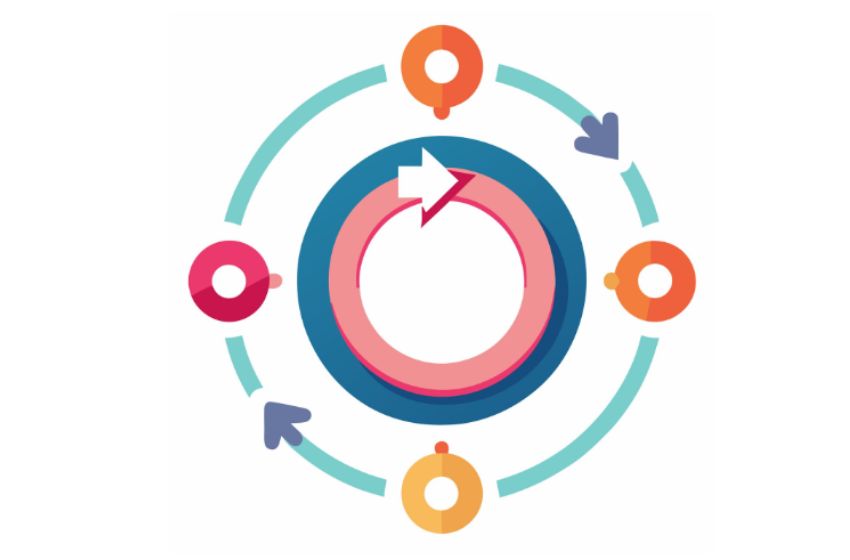If companies managing their sales, marketing, and customer services wish to benefit from the HubSpot applications they must acquaint them with the lifecycle stages. HubSpot lifecycle stages facilitate identification of where specifically a lead is in the process of transitioning from being a prospect to a happily satisfied customer. Let us take a deeper look at each of the mentioned stages: its function, and how best to handle contacts through these stages to encourage increased participation and sale completion.
1. Subscriber
The Subscriber stage represents the first time when a customer can interact with the company. Subscribers are people who probably have a passive interest in what you do, for instance, they are probably on your mailing list because they subscribed to get your newsletter or downloaded an eBook from you or subscribed to your blog. As such it is at this point that they are not ready to make a purchase but rather are just gathering information and getting to know your brand.
How to Nurture: Applying content marketing strategy, Subscribers must be educated and entertained. In the case of blog posts, newsletters, or educational resources that can foster the passion and keep the leads progressing to the next level, share them often.
2. Lead
A Lead interacts with your business by either filling a form on your website or with more comprehensive material like a case study or a webinar. Leads are choosing their strategies, and this is where your services may be being compared with others.
How to Nurture: Send good content mails that they would love to read to the readers of the blog. Offer them white papers or more comprehensive articles or webinars or further – invitations to participate in seminars if you still want to develop their trust and move to the lower stages of the sales funnel.
3. Marketing Qualified Lead (MQL)
When a lead reaches a level of interaction that proves that they are interested in what you sell you classify them as a Marketing Qualified Lead (MQL). This stage means they have often visited your content, possibly asked for more information and seem to be moving closer to the decision to purchase. MQLs are leads that are qualified by your marketing team based on some parameters that they feel would be able to convert.
How to Nurture: Sharing product specifications, customer references/talking to potential benefits of your product with MQLs will be helpful. Some offers that can do well here are the setting up of specific & customized page flows that offer solutions for free trials or demos, in a way that makes them want to be your paying customers.
4. Sales Qualified Lead (SQL)
An MQL that goes ahead and asks for a demo or speak to a salesperson, is ready to go to the Sales Qualified Lead (SQL). Because SQLs are an indication of purchase intent they require a different approach. In fact, they might have even done their research; they just require final directions.
How to Nurture: SQLs should be contacted by other media with personal messages from the sales representatives. This might include an individual meeting, product briefing or an order presentation. And finally, it is required to respond promptly and meet the remaining objections and concerns.
5. Opportunity
It is important to note that the Opportunity stage makes up a critical point in the sales process. Here it has been classified as a possible sale and is indeed engaging with their sales team. Business opportunities can be discoursed with regards to fine points about costs, services, or further specifications.
How to Nurture: Sales should dwell more on eliminating any uncertainties, meeting certain needs and reiteration of need for the product. More so, such approaches as presenting flexible options, time-bound offers, or developing particular offers could also be beneficial to turn opportunities into closed business.
6. Customer
Opportunity is Generally used when an Organization buys a product, at this stage he is referred to as a Customer. Yet, it does not stop at this point. Indeed, in the case of long-term focused enterprises, this is where customer relationship strategy is best initiated.
How to Nurture: Make sure to offer your clients with the superior customer support, emails follow up, onboarding documents, and customer satisfaction questions. Define customer reward program, using customer feedback or asking them to participate in the rewards or referral programs.
7. Evangelist
It is loyal and satisfied customers who become Evangelists that can help brands succeed. A classic example of evangelists is a customer that not only remains loyal to your company but also helps make other people buy from you as well. It plays a major function of producing brand evangelists, who could offer a word-of-mouth promotion which is always priceless.
How to Nurture: Keep the lines of communication friendly, invite them to special events, and establishing a rewards base membership program may also motivate them. By depositing an individual amount, appealing to vanity, offering something exotic they may not get somewhere else, or simply a partnership, they can feel important and wanted.
Conclusion
HubSpot’s Stages of lifecycle enable organizations to manage contacts and lead them through the buyer’s journey effectively. Analyzing and improving contacts’ nurturing through the stages outlined above helps the companies to increase engagement, enhance customers’ experience, and increase the number of conversions.
For more visit: Baddiehun.co.uk





